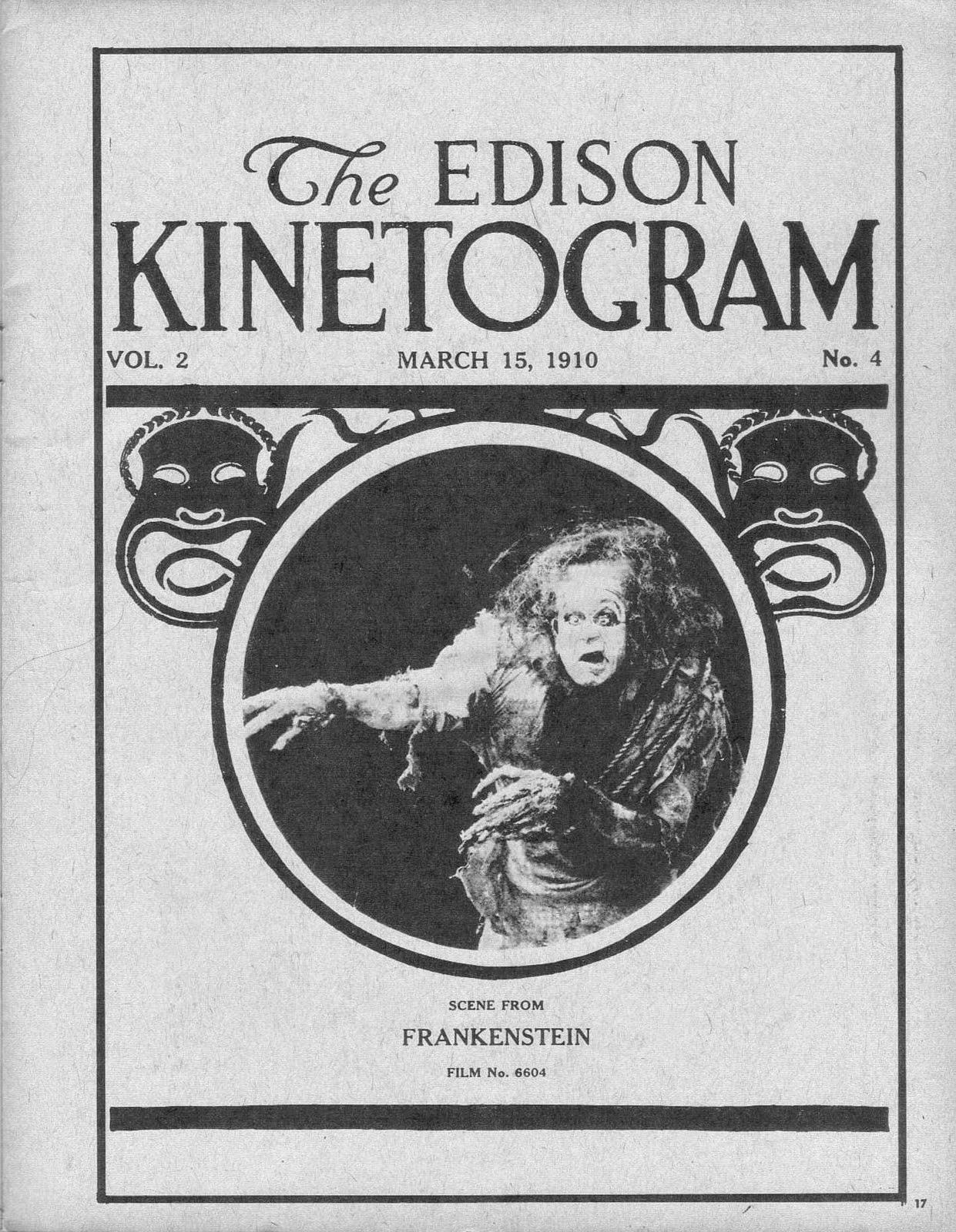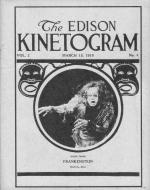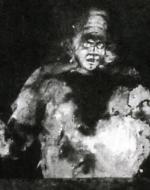Created by Melissa Strange on Mon, 04/12/2021 - 19:22
Description:
The 1910 movie Frankenstein is a production based on Mary Shelly's famous novel. Despite the movie's reflection of the book, the director (J. Searle Dawley) left out some pretty important material and chose to add some of his own.
In the novel, Frankenstein's monster represents the moral dilemma that results from societally biased judgment. The readers follow the monster as he attempts to find a home, somebody to love him. After several rejections, the monster becomes bitter and the reader gets to experience the pain and uncertainty that accompanies abandonment and isolation-- an experience that does no good, other than informing the bystanders (such as the readers) of the pain such societally biased judgment causes.
The movie production waters down the theme of the book. Those who watch the movie are left without an understanding of the monster's perspective. Instead of watching him grow, that entire section of the plot is cut to allow a path for a different story moral. In place of the monster's ruthless murder of his creator's wife, the movie chose to portray the monster as something less horrific. He only startles the wife, causing her to pass out. While she is unconscious, a scene takes place that indicates to the viewers that the monster was secretly a part of the creator this whole time. In the movie, it is accepted that the monster was never really real, and is only a representation of the inhumanity within the creator, inhumanity that fades. This leaves the creator as a better man who lives out a happy ending with his wife. The book doesn't end thus.
The monster kills the creator's wife and taunts the creator to death. Whether the monster was a part of the creator or not is left completely up for interpretation. Why the difference? It's simple, the era and audience changed. By the time that movies were being produced, the romantic and victorian era was over. Also, movies were a fairly new thing and audiences were fascinated enough without adding large amounts of depth. This seems to be the case even within modern times; movies are much more frank and front-putting.
Copyright:
Associated Place(s)
Part of Group:
Featured in Exhibit:
Artist:
- J. Searle Dawley



